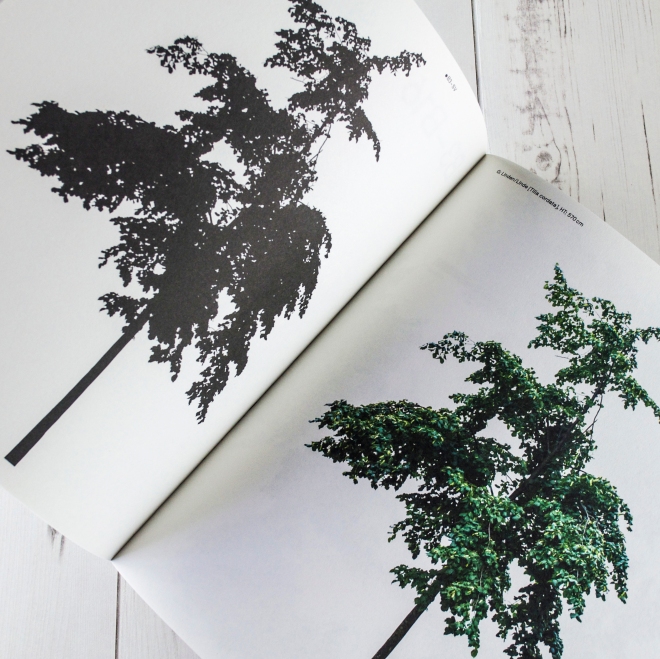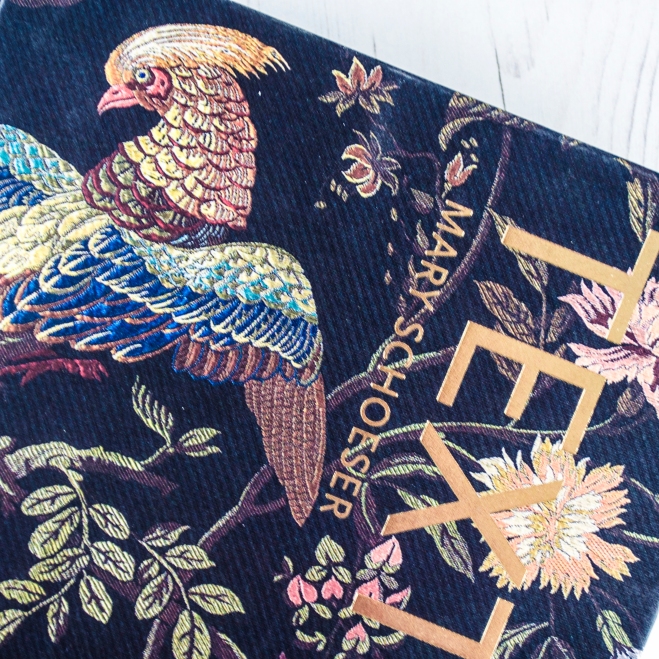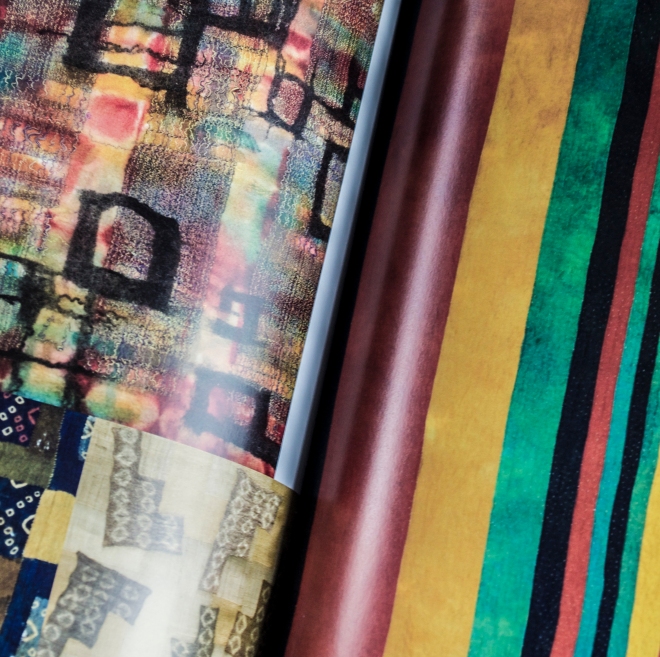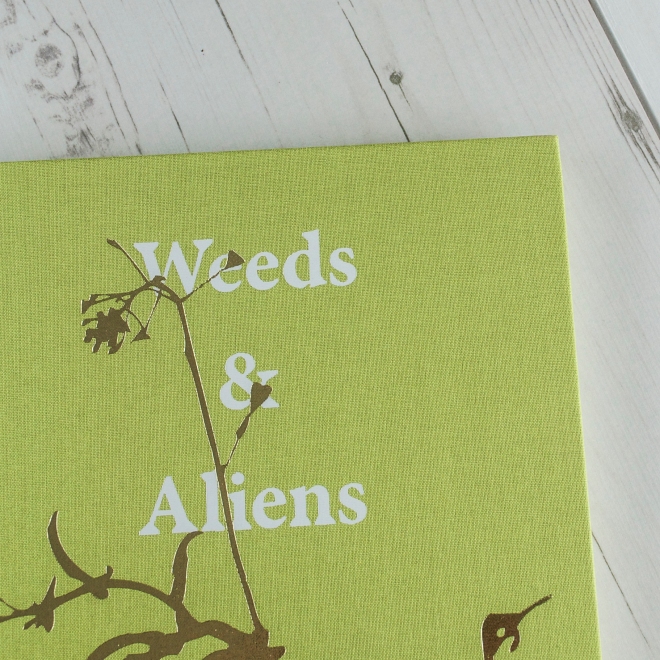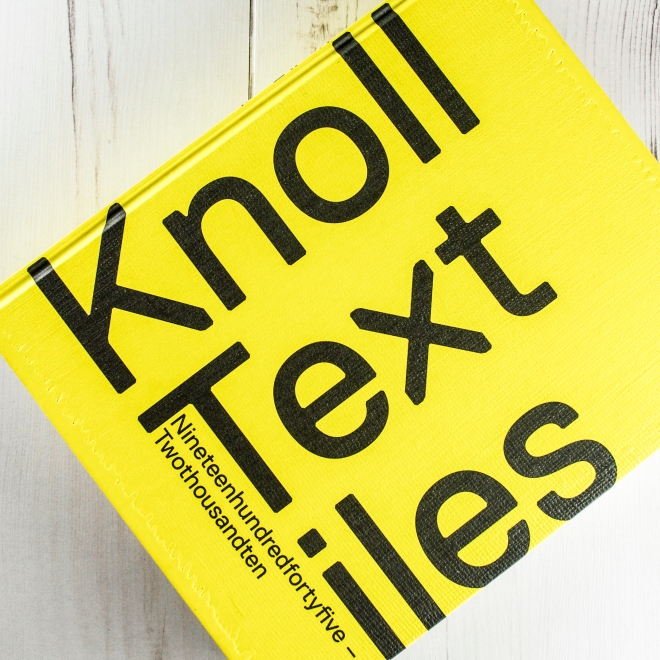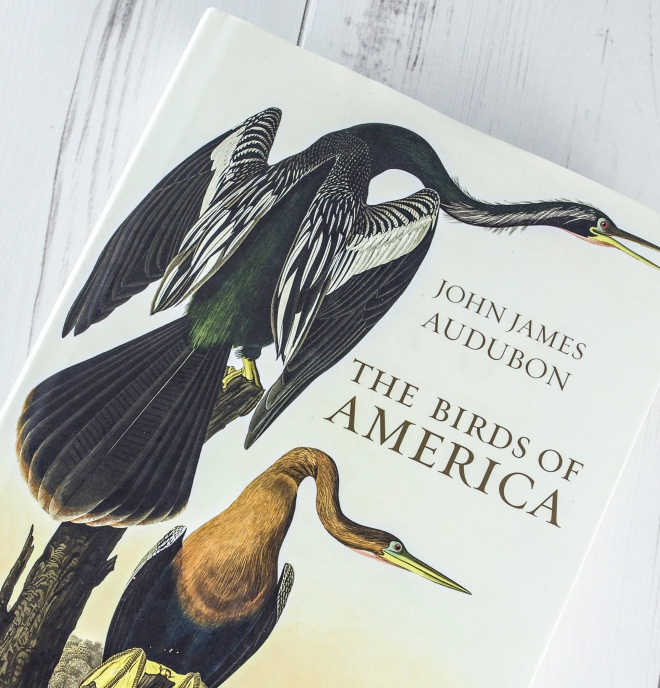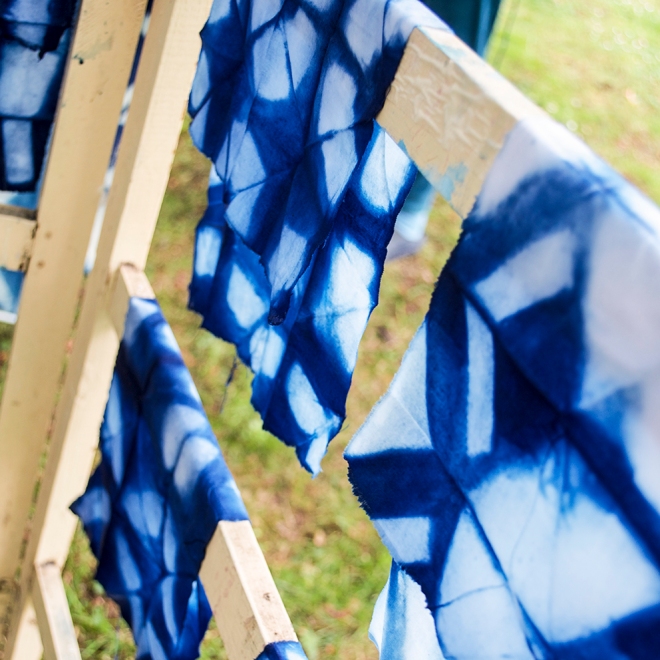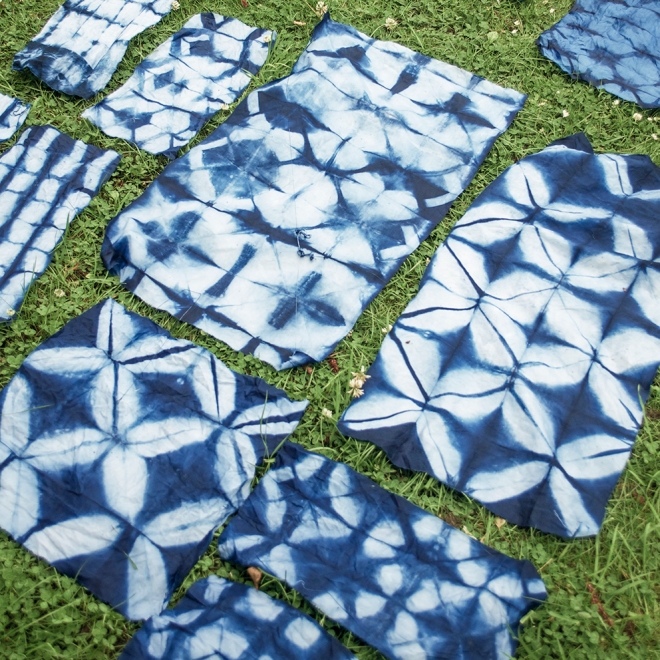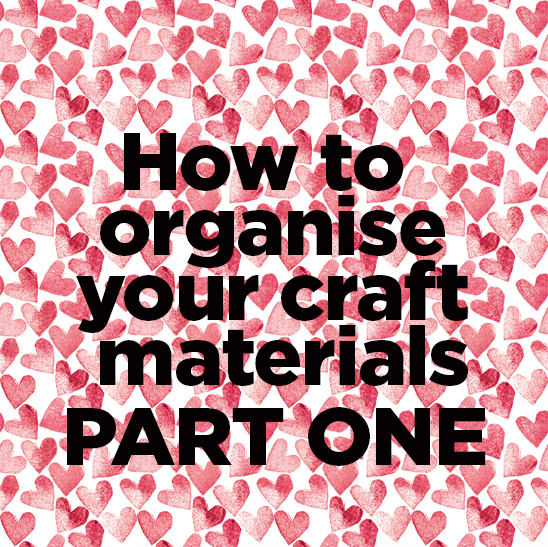 I’m not a woman who spends loads of money on handbags and shoes. I’m not even that much of a voracious clothes buyer. No, I spend pretty much all my disposable income on art and craft materials. Here’s how I organise mine.
I’m not a woman who spends loads of money on handbags and shoes. I’m not even that much of a voracious clothes buyer. No, I spend pretty much all my disposable income on art and craft materials. Here’s how I organise mine.
As I have so much equipment, I need to organise it in two ways. One, as general put it away and keep things neat and tidy when I’m not using it (more of that later). Two, the things for ‘live work’ – stuff I need as I’m working.
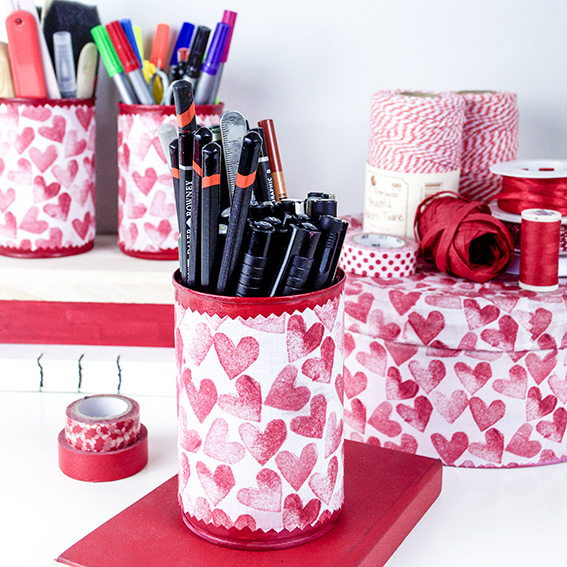
As I mentioned before, I have an abundance of black Faber Castell India ink PITT artist pens in various nib sizes, plus a load of drawing pencils and probably more scalpels than a woman needs. All of which as an illustrator I need to hand – and all of which I have a habit of mislaying if I don’t have a home for them!
As I’m currently working on my stamped designs as well as my ongoing drawing practice, I have a lot of little fiddly items that I really can’t misplace. There are messy ink pads (in specific colours), scalpel blades and my collection of hand-carved stamps (true one-offs that I really, really don’t want to lose).
These tricky-to-store bits and pieces need a home, and in true crafty fashion I’ve done a bit of upcycling and personalising when it comes to go-to craft room storage.
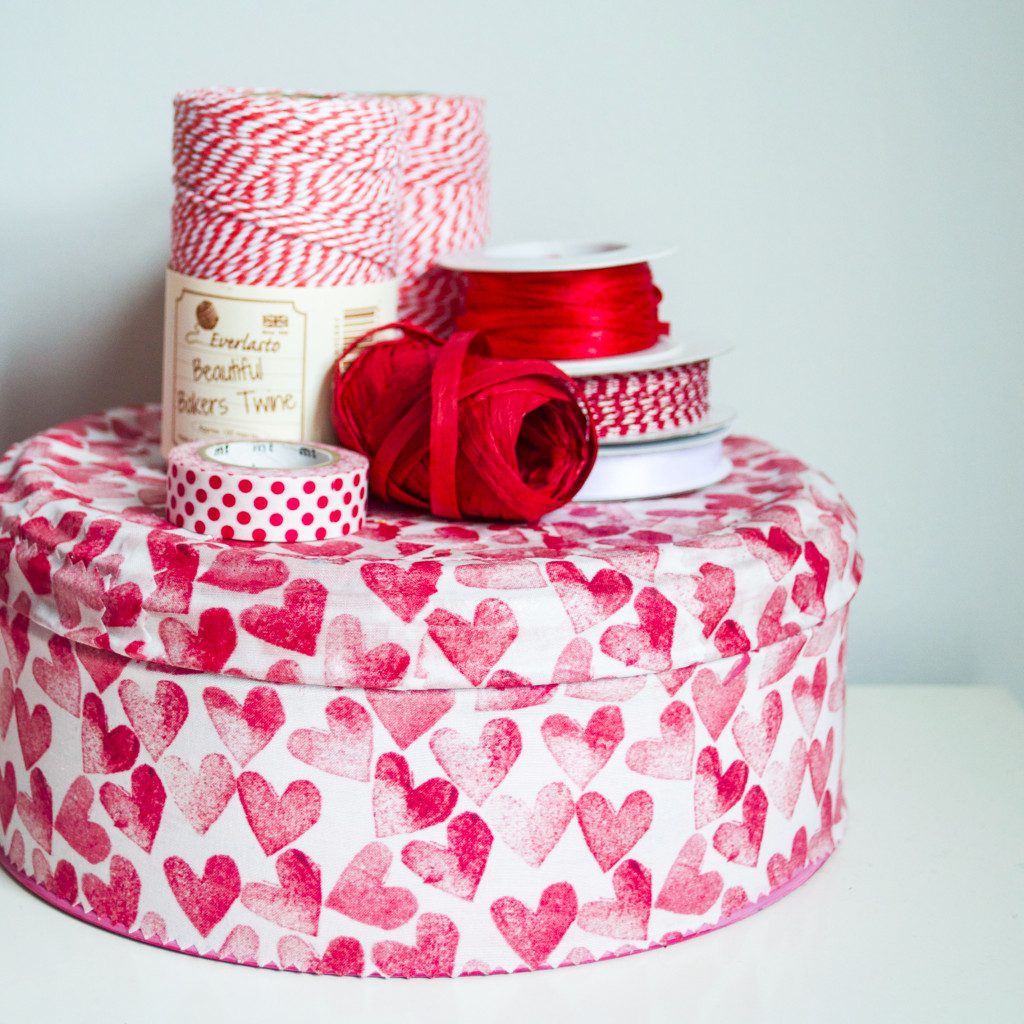
All the pens and brushes I’ve got on the go, plus my bookbinding tools, are all stored easily to hand in little tins covered with my red heart fabric. Tins make for great storage – they hold so much, I can see what’s in them and access them easily, plus you can line them up in row to look uniform.

My little inky items live in an old chocolate treats tin that is also covered in my red and white fabric. I love using these round containers: you can stack them up for easy organising and you can pop a lid on them to keep everything concealed. I have lots of these in my craft room, either painted or covered in paper and fabric (I’ve been known to colour code these for stamps, floristry stuff, threads and fabric scraps etc).
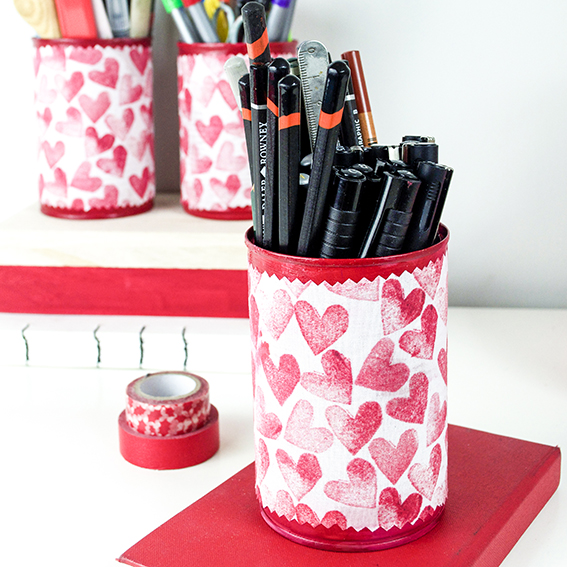 It’s easy to cover both types of tin too. I love a bit of decoupage. You simply use a tape measure to work out the circumference and the height, then cut your fabric to these dimensions (I’ve used pinking sheers for this). Then simply cover the tin with strong PVA glue and wrap around to cover the side. For the lidded tin I’ve cut out sections of fabric and layered these over the lid. I’ve then covered all the containers with PVA to seal the fabric and act as a varnish.
It’s easy to cover both types of tin too. I love a bit of decoupage. You simply use a tape measure to work out the circumference and the height, then cut your fabric to these dimensions (I’ve used pinking sheers for this). Then simply cover the tin with strong PVA glue and wrap around to cover the side. For the lidded tin I’ve cut out sections of fabric and layered these over the lid. I’ve then covered all the containers with PVA to seal the fabric and act as a varnish.
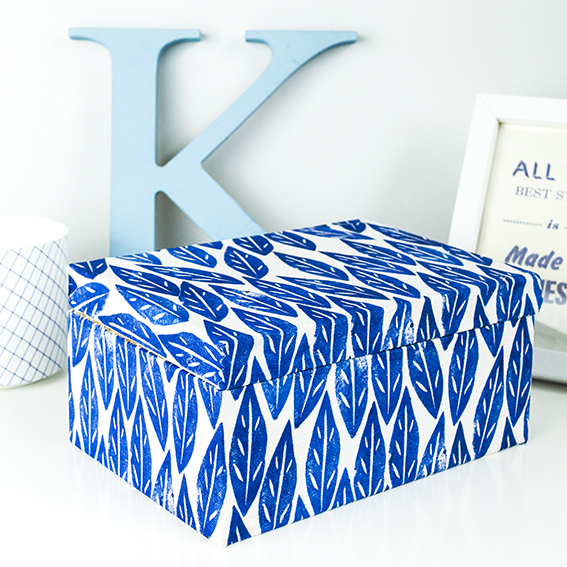

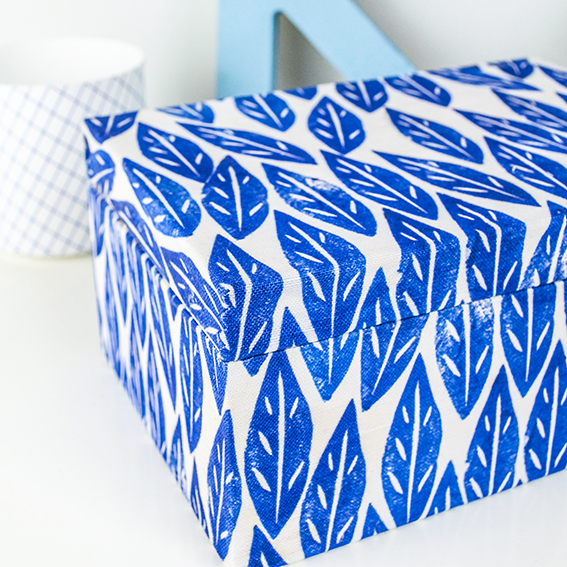
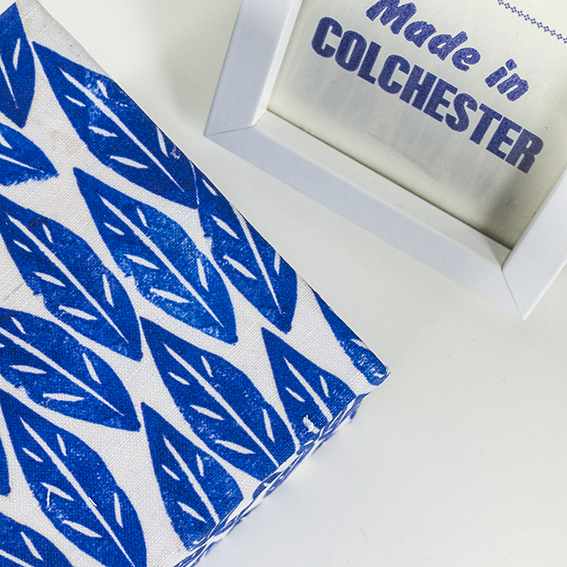
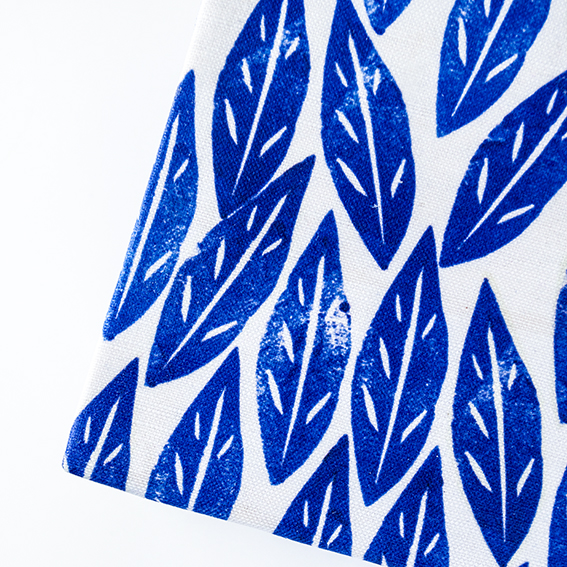
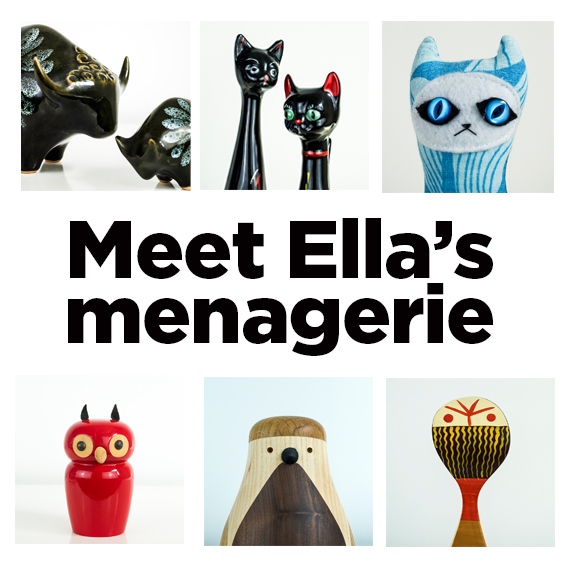
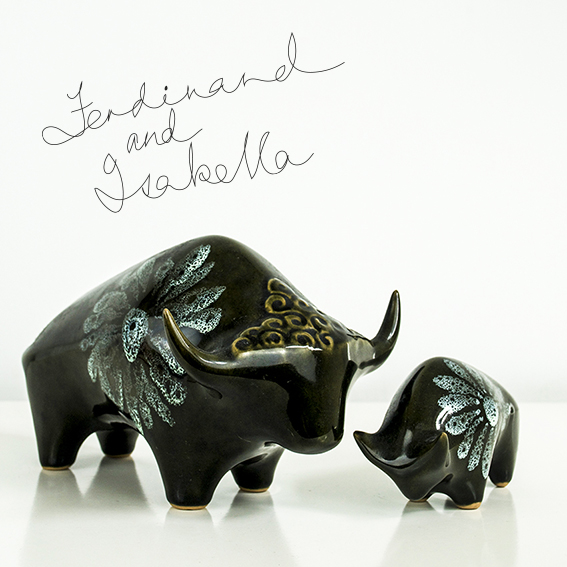
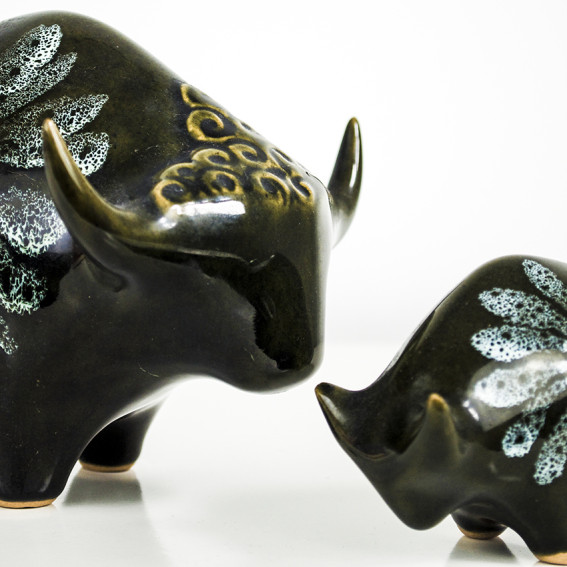
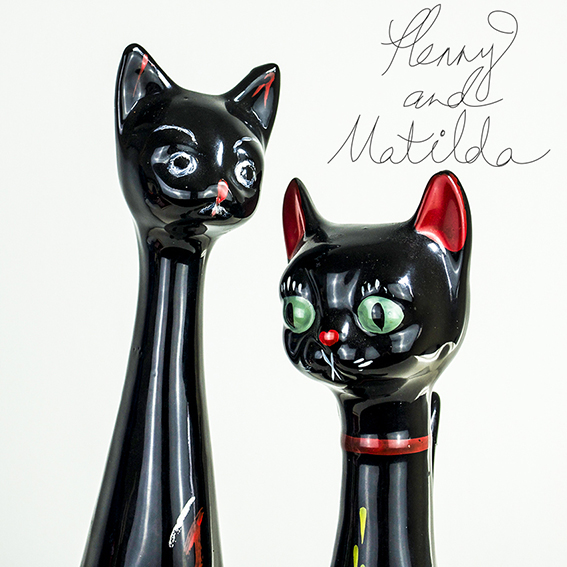
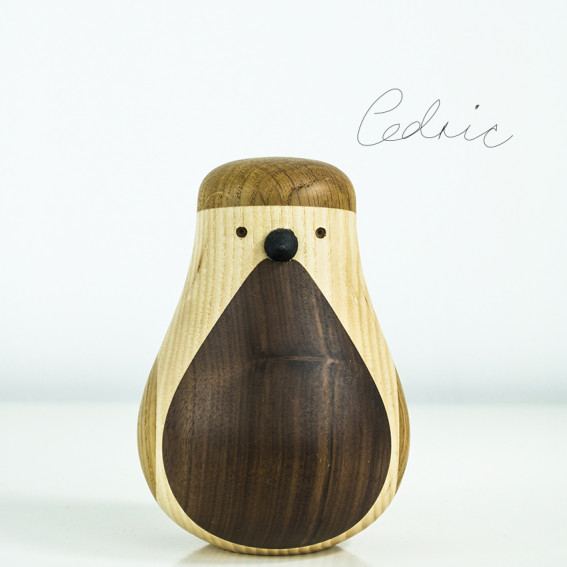
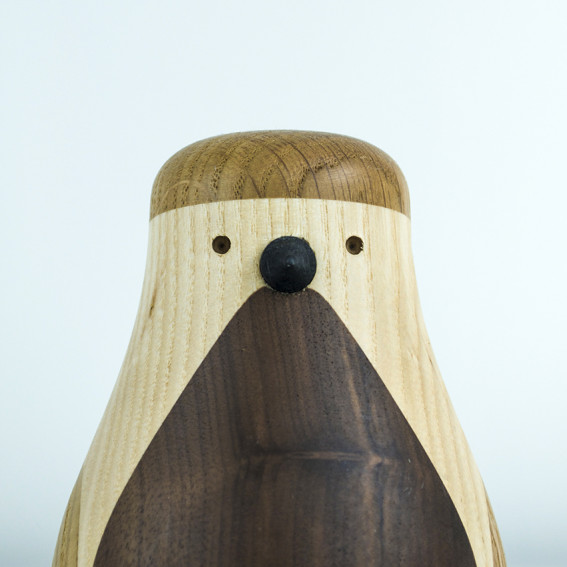
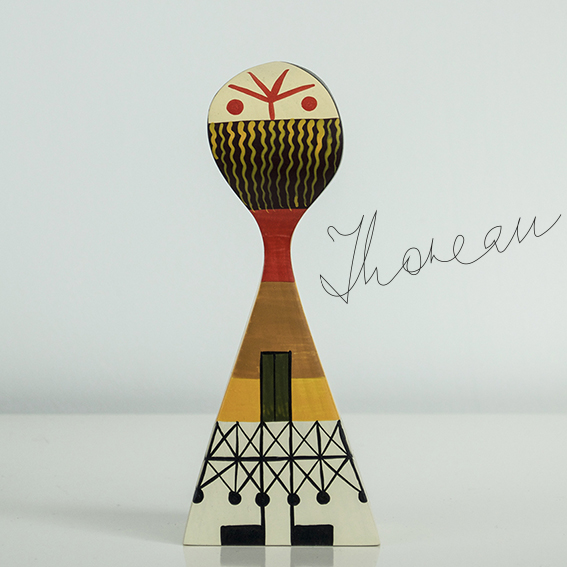
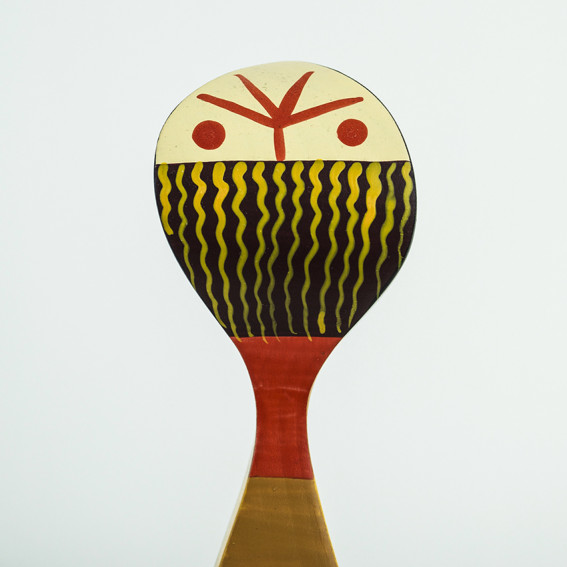
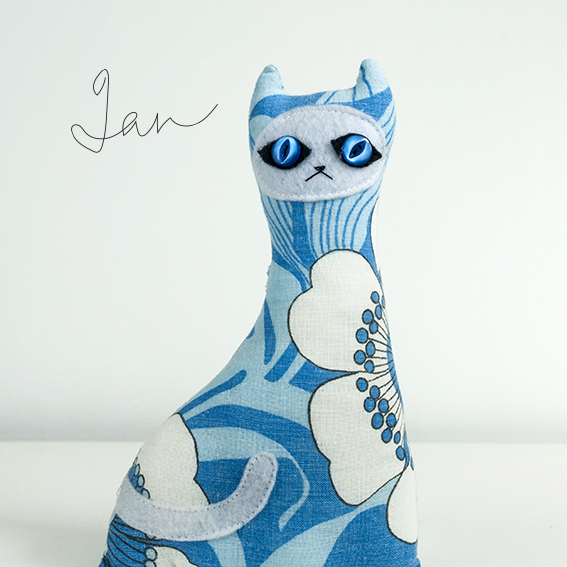
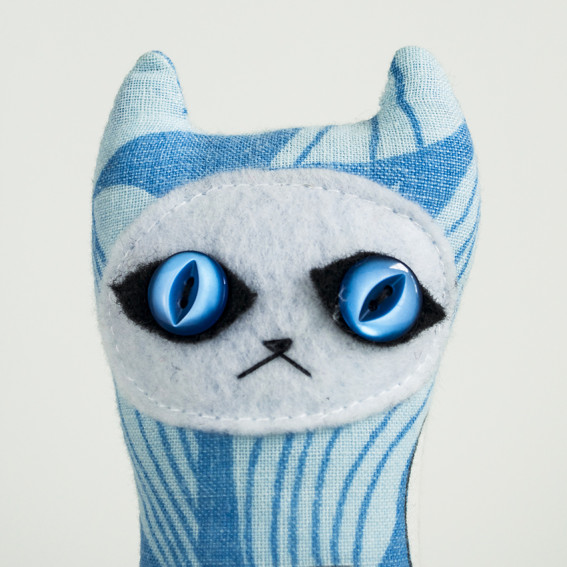
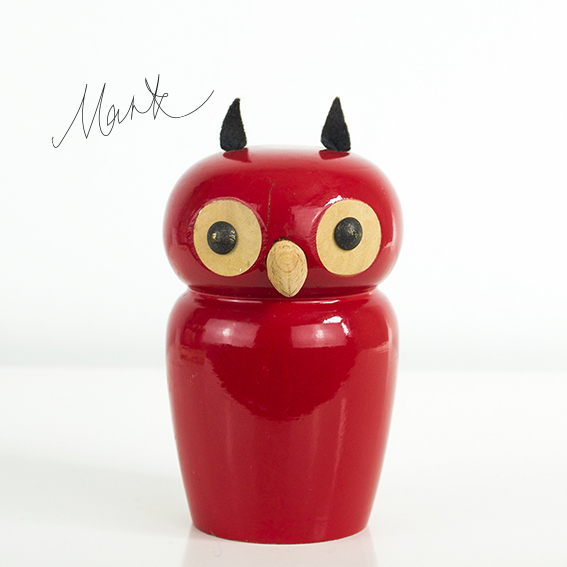





 Books. Beautiful books. Books you learn from. Books that transport you and books that transform you. Books that speed you through a train journey. Books by the side of a pool. Coffee table books. There’s room for them all.
Books. Beautiful books. Books you learn from. Books that transport you and books that transform you. Books that speed you through a train journey. Books by the side of a pool. Coffee table books. There’s room for them all.